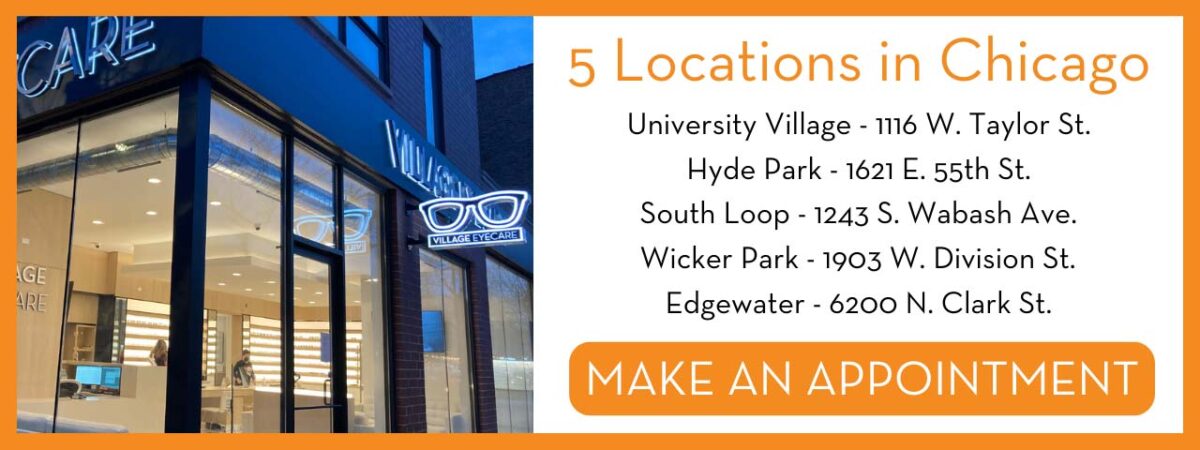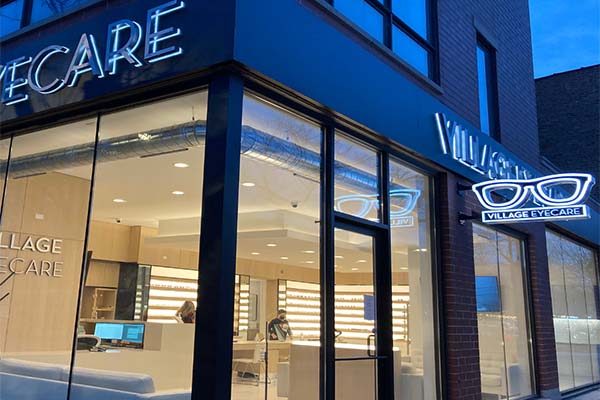Pediatric Eye Care at Andalusia Pediatrics: Caring for Youthful Eyes
Pediatric Eye Care at Andalusia Pediatrics: Caring for Youthful Eyes
Blog Article
Understanding the Different Vision Adjustment Procedures Available for Clearer Sight
In the realm of vision correction treatments, a wide range of alternatives exist to address refractive errors and offer people with more clear sight. Let's check out the details of these treatments and shed light on the path to accomplishing boosted vision quality (Neurologist Andalusia).
LASIK Surgical Treatment
LASIK surgery is a common refractive treatment made use of to deal with vision troubles such as astigmatism, nearsightedness, and farsightedness. This surgical technique, which represents Laser-Assisted in Situ Keratomileusis, aims to improve the cornea to enhance exactly how light is concentrated on the retina, inevitably improving vision quality. Throughout the procedure, a thin flap is produced on the cornea, and a laser is utilized to eliminate accurate amounts of tissue to improve it appropriately. This improving enables light to be accurately focused onto the retina, fixing refractive errors.
One of the main benefits of LASIK surgical procedure is the fast improvement in vision experienced by clients. On the whole, LASIK surgical treatment is a prominent option for people seeking a long-term remedy for their vision troubles.
PRK Procedure

PRK is a suitable choice for people with slim corneas or those at a greater threat of eye injuries, as it does not involve developing a corneal flap. The recuperation procedure for PRK is slightly longer compared to LASIK, as the epithelium requires time to restore. People may experience discomfort and blurred vision for a couple of days adhering to the procedure.
Regardless of the longer recovery time, PRK can generate outstanding cause vision renovation, making it a beneficial choice for those who may not appropriate candidates for LASIK surgical treatment. - Andalusia Pediatrics
Implantable Lenses
Unlike PRK where the cornea is reshaped directly, implantable lenses use an additional method for remedying vision by placing man-made lenses inside the eye. This treatment is specifically advantageous for individuals with high degrees of nearsightedness, farsightedness, or astigmatism that might not be suitable prospects for laser surgical procedures like LASIK or PRK.
Implantable lenses, also recognized as phakic intraocular lenses, work by supplementing the eye's natural lens with a man-made one. These lenses can be placed before the natural lens (former chamber) or behind the iris and in front of the natural lens (posterior chamber) By readjusting the power and positioning of these lenses, ophthalmologists can properly fix refractive mistakes and improve visual skill.
One benefit of implantable lenses is that they are exchangeable and detachable, supplying versatility for future modifications. As with any kind of medical treatment, there are risks included, such as infection or cataract formation. Clients considering implantable lenses need to seek advice from an eye care expert to figure out the most ideal option based upon their specific needs and eye health and wellness.
Corneal Rings

The procedure for inserting corneal rings is minimally invasive and reasonably fast, often performed as an outpatient procedure. During the surgery, the eye doctor makes a small laceration in the cornea and inserts the rings at a particular depth. When in position, the rings aid to improve the cornea, providing a smoother surface area for light to get in the eye, which can lead to clearer vision.
Corneal rings are thought about a reversible procedure, as they can be gotten rid of or replaced if necessary. While they might not entirely eliminate the requirement for glasses or get in touch with lenses, corneal rings can considerably improve vision high quality and overall aesthetic comfort for individuals with keratoconus or various other corneal abnormalities.
Refractive Lens Exchange
Complying with the adjustment of corneal abnormalities with treatments like corneal rings, another vision improvement method that can resolve refractive errors is Refractive Lens Exchange (RLE) RLE is a procedure that involves replacing the eye's all-natural lens with a synthetic intraocular lens (IOL) to deal with refractive errors such as nearsightedness, presbyopia, and farsightedness. This procedure is check over here particularly helpful for people that might not appropriate candidates for treatments like LASIK or PRK due to aspects such as thin corneas or high refractive errors.
Recovery time for RLE is relatively fast, and people can expect improved vision quickly after the procedure. As with any surgical treatment, prospective dangers and problems exist, so a complete examination with an eye care specialist is crucial to identify if RLE is the ideal vision correction choice.
Final Thought

In the world of vision correction treatments, a wide range of choices exist to resolve refractive mistakes and give individuals with more clear view.LASIK surgery is a typical refractive procedure used to remedy vision issues such as astigmatism, nearsightedness, and farsightedness.While additionally an usual refractive procedure, the PRK (Photorefractive Keratectomy) method varies from LASIK surgical treatment in its approach to fixing vision issues.Adhering to the correction of corneal abnormalities with treatments like corneal rings, an additional vision improvement technique that can address refractive mistakes is Refractive Lens Exchange (RLE) LASIK surgery, PRK procedure, implantable lenses, corneal rings, and refractive lens exchange are all options go now that can deal with different vision problems.
Report this page